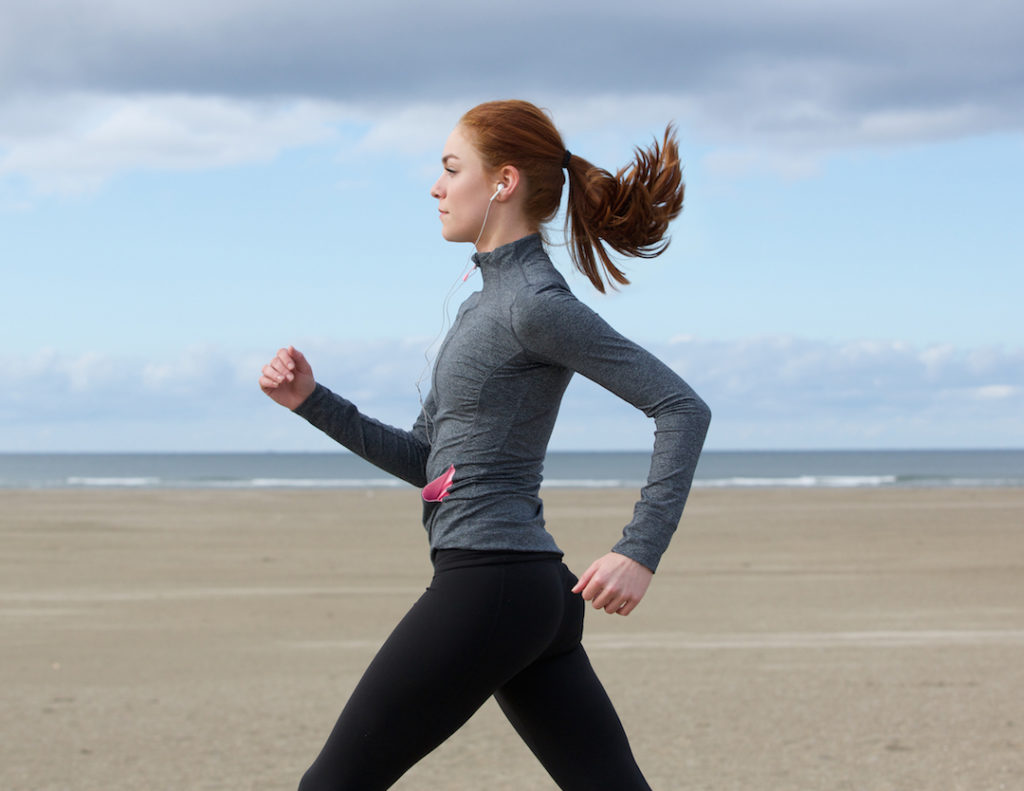6 Speed Walking Tips to Burn kJs Like You’re Running
March 26 2019
You don’t have to be a runner to torch kilojoules and reap the weight loss benefits of cardio. In fact, you can burn just as many kilojoules walking as you can running – if you speed walk, says personal trainer Michele Stanten.
“All a walker has to do to burn more kilojoules than a runner is to outpace the runner,” she explains. For example, if you walk 7km/h (4.5 mph) for about 42 minutes, you can burn as many kilojoules as a runner who does a 6-minute kilometre (10-minute mile). Push it to 8km/h (5 mph) for 35 minutes, and you can match the runner’s kilojoule burn in a shorter amount of time.
In addition to burning more calories, you’ll also boost your overall health. A faster walking pace can reduce your risk of death, especially from heart and respiratory diseases, according to a 2019 study.
While walking at a speed of 7 to 8km/h (4.5 to 5 mph) may seem intense, it’s possible to sustain if you build your endurance and gradually increase your time, says Stanten, who offers her tips below.
How to speed walk for weight loss
Ready to pick up the pace? Here are Stanten’s top strategies for improving your average walking speed and boosting your metabolism’s kJ-burning powers.
1. Stand tall. When you elongate your spine, you gain more distance in between your hips and rib cage, which allows your legs to swing more freely than when you slump into your pelvis.
2. Look out in front of you. Keep your line of vision 10 to 20 feet ahead instead of looking down at your feet. Roll your shoulders back and down to help open up your chest and un-hunch your back so you can take deeper breaths.
3. Swing your arms faster. Bend your arms at 90 degrees as you swing them forward and back. Avoid swinging them across your body or winging them out to your sides. This can mess with your stride and make you lose energy – fast. Pumping your arms will help you engage your upper body and core to help you move more efficiently and walk faster.
4. Take smaller steps. When your front leg reaches out too far, it acts like a brake and slows you down. With shorter, quick steps, your foot lands almost underneath you so you roll right over it. To figure out your gait, follow this exercise from Stanten: Raise one knee to hip height so your foot is hanging just below your knee, like you’re marching. Then, extend your leg in front of you and bring your heel down to the ground. It should be just a few inches in front of your other foot.
5. Do speed intervals. Alternating between short but fast bursts of walking with slower-paced intervals not only helps increase your walking speed-it can also help you burn more kilojoules, even after you’re done exercising. “The longer or harder you work out, the more time it will take your body to return to normal,” Stanten says. “As you recover, you’ll continue to burn kilojoules at an accelerated rate for as little as 20 minutes or possibly up to 24 hours.” For a serious post-workout kilojoule burn, try this interval walk:
- Warm up by walking at an easy to moderate pace for three minutes. You should be able to hold a conversation with a friend.
- Speed up to a brisk pace for 30 seconds. At this pace, you’re moving pretty quickly and will find it harder to speak in full sentences.
- Go fast for 20 seconds. You’re walking at your top speed at this point, so be sure you can sustain it for the entire time.
- Sprint for 10 seconds by giving it everything you’ve got. You can’t carry a conversation at all at this pace and might be breathing heavily.
- Repeat the 30-, 20- and 10-second set of intervals for four minutes, followed by a 1-minute recovery at a moderate pace.
6. Compete against yourself (or others). Count the number of steps you take during your fast intervals, and try to beat that number on subsequent intervals. If you’re walking with a friend, ask them to keep track of their numbers and compare them at the end of the workout. This will motivate you to increase your speed and improve your endurance.
—
Article originally appeared on Prevention.
